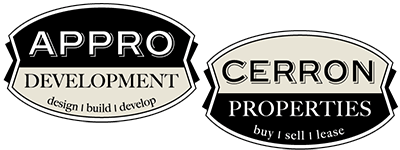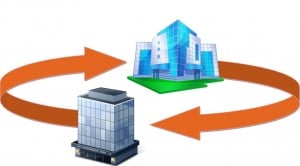MN Warehousing Tax – Part 1
MN Warehousing Tax– Part 1 is the first of two reports we are planning to bring to our readers regarding the new warehouse tax on the books for MN businesses. If you are involved in third party warehousing as a part of your business, we are sure you have heard the MN Warehousing Tax is due to go into effect on April 1st. It is actually one of three business to business (B2B) taxes to go into effect in 2014. This specific warehousing tax would impact businesses which provide third party warehousing services, as well as those businesses who utilize these third party services.
According to the MN Department of Revenue, “Starting April 1, 2014, business-related warehousing and storage services will be taxable in Minnesota. This means state sales and use tax is due when a business buys warehouse or storage services for its tangible personal property.” There are exceptions to this rule, which are dependent upon business use[1].
Come April 1st, Minnesota would be one of few if not the only state with a warehousing tax of this kind, which could ultimately put the businesses in our state at a distinct disadvantage. Some companies are already feeling the impact of this tax. According to an article by Jessica Harper for Sun Thisweek Dakota County Tribune, in an interview with warehousing General Manager, Kathy Forester, in talking about the tax, she states, “With its customers seeking services elsewhere, Strategic lost 18 percent of its revenue between August 2013 and January 2014, which prompted the company to lay off 22 percent of its workforce[2].”
The Minnesota Legislature is scheduled to reconvene on February 25th. At that time, the Minnesota State Budget will be reviewed. If there is a sufficient surplus, Governor Dayton may consider a repeal of one or more of these B2B taxes[3]. As it stands now, however, these taxes have been signed into law and only a new bill that strikes the provision of the current tax could repeal it. There are many groups working right now, toward the effort to repeal the MN Warehousing Tax.[4]
Stay tuned to learn more in the weeks to come, or feel free to contact our team with concerns about the impact on your current commercial space.
Upcoming Dates:
- Mid-February – State Budget Forecast (Gov. Dayton will use this information to determine if these new taxes are necessary)
- February 25th – New Legislative Session Begins
- April 1st – New Warehouse Tax goes into effect
[1] MN Department of Revenue Warehouse Tax Summary
http://www.revenue.state.mn.us/businesses/sut/Pages/2013_WarehouseStorageServices.aspx
[2] Businesses impacted by the MN Warehouse Tax
http://hometownsource.com/2014/01/27/businesses-legislators-feel-heat-from-new-taxes/
[3] Businesses vow to repeal the warehouse tax and Gov. Dayton to support repeal if sufficient surplus exists
http://www.mprnews.org/story/2014/01/08/businesses-vow-to-seek-repeal-of-warehouse-tax
[4] Commercial Real Estate Group works to repeal the tax
http://www.startribune.com/business/242830181.html

